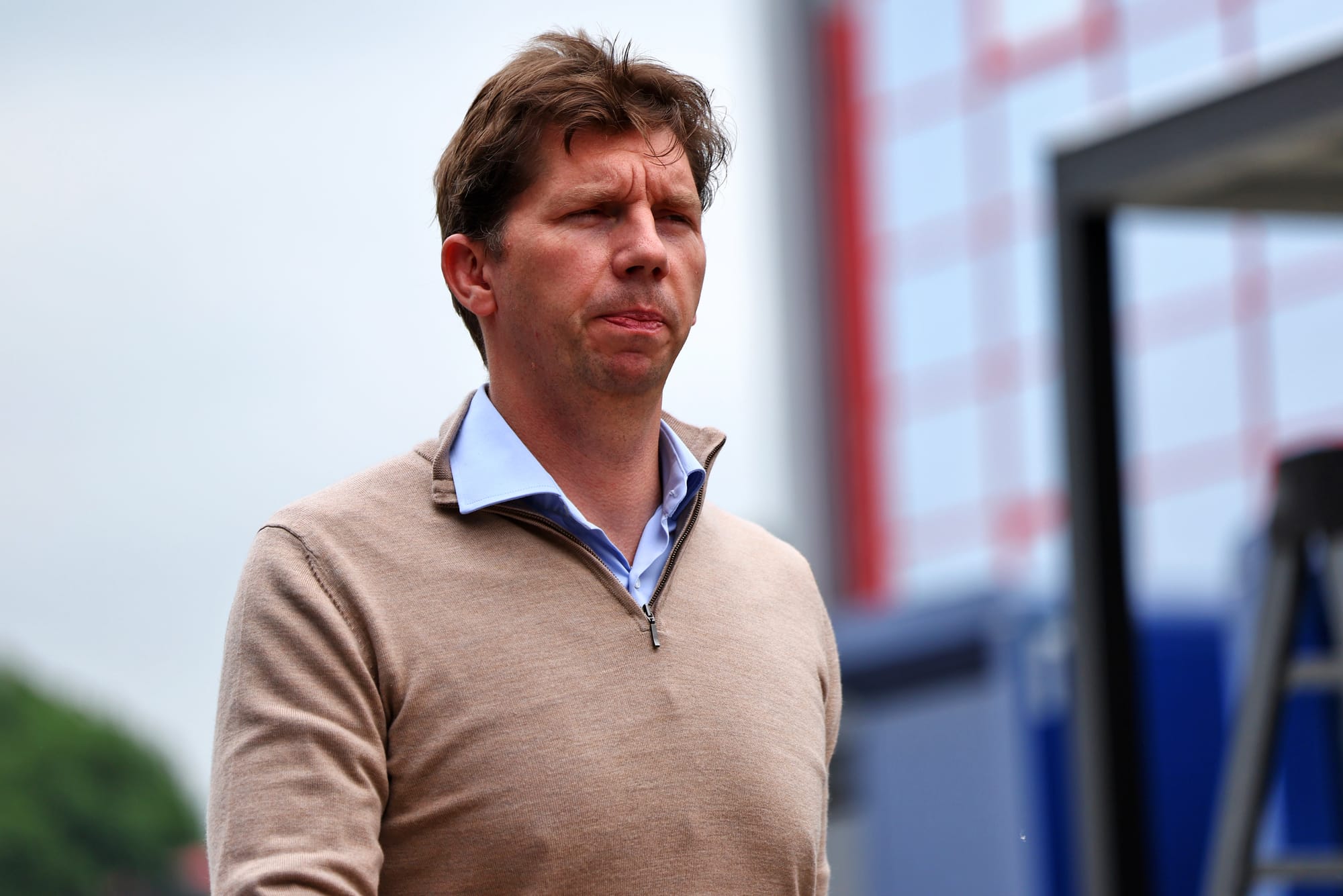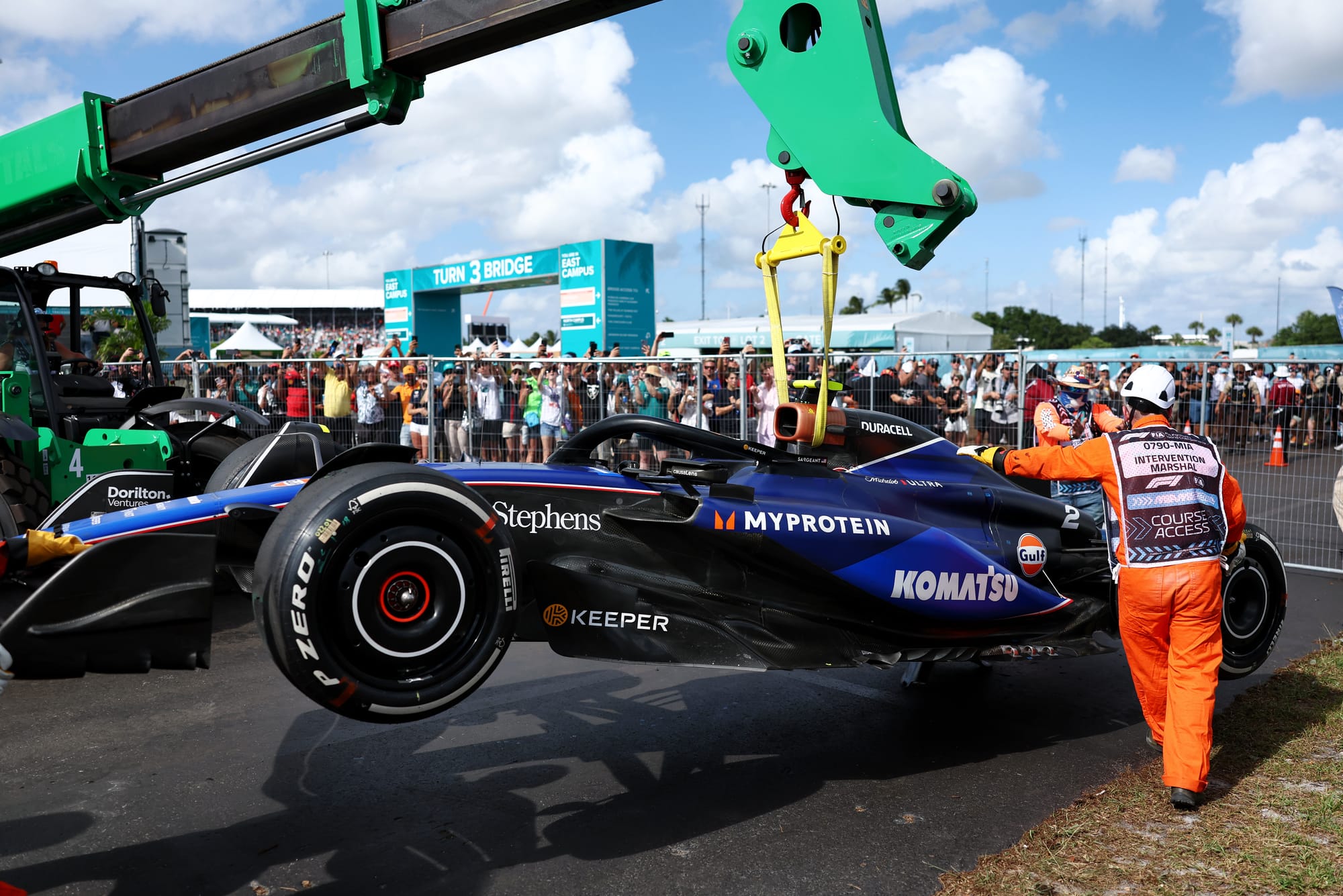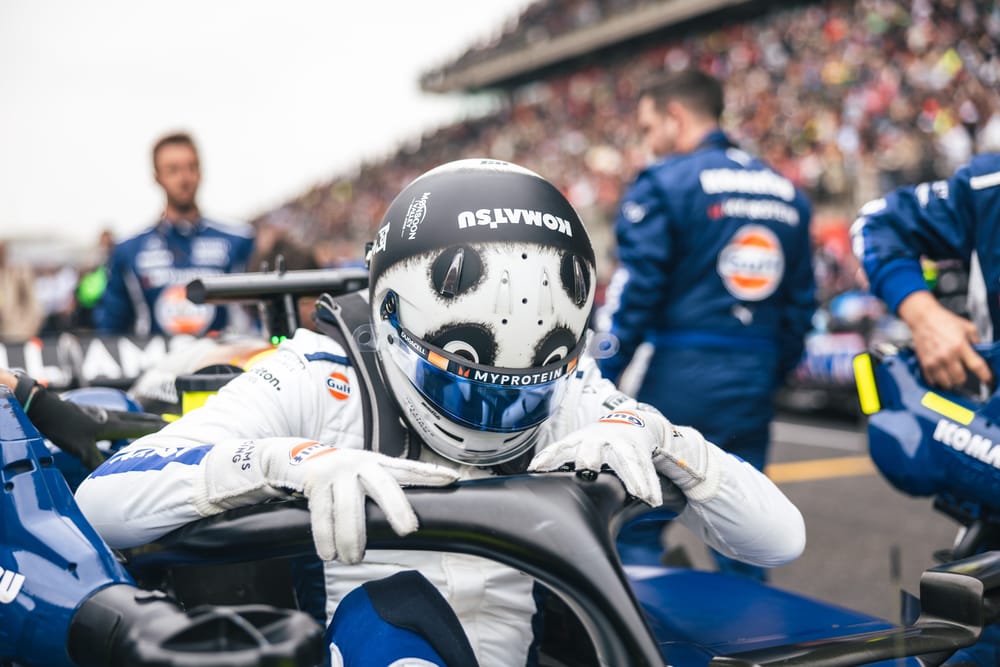

It’s incredible to think the 2024 Williams Formula 1 car, which the team has consistently said is fundamentally better than its predecessor, has until now been running overweight to the cost of almost half a second per lap.
Team principal James Vowles revealed at Imola the FW46 has been giving away 0.45s due to being overweight. Nominally, 10kg in excess weight equates to 0.3s, so we can deduce the 2024 Williams has until now been running around 15kg over the minimum weight limit of 798kg.
That’s an enormous penalty to carry, and explains why updates the team is introducing this weekend - on Alex Albon's car and Logan Sargeant's car later - are primarily aimed at stripping weight from the car.
This has been a major challenge for all F1 teams since the ground effect regulations were introduced for 2022 - Red Bull being the most high-profile team to begin this rules cycle with an overweight car.
But two years on, Vowles says “everyone out there is near enough at the weight limit”. Alpine of course began 2024 overweight, but updates introduced over the past two races has brought the Renault works team back into line, meaning Williams is now an outlier among the 10 teams on the grid.
In a refreshingly forthright explanation of Williams’ slow start to 2024, given to F1’s media ahead of the Emilia Romagna Grand Prix at Imola, Vowles admitted Williams has started every season since 2019 with an overweight car.
For 2024, he says Williams “took 14kg” out of the chassis - something he describes as an “extraordinary feat” - but that also means excessive weight has been added elsewhere as a consequence of the frantic and late car-build process over the winter of 2023 that Vowles has outlined previously.
“Despite the chassis being in a much better place, we added an enormous amount of weight,” Vowles said. “And when I went back through the history of us, of how we operate, with the facilities we have, with the systems we have, the process and structures we have, weight became the natural outlet for us.”

For Vowles to be publicly admitting to Williams having an endemic process of shortcutting overly heavy parts onto its cars to claw back lost time in the antiquated build process is quite something.
But this further airing of dirty laundry in public is also an important part of modernising the working practices and culture of a team that has long trailed the industry standard - going back the best part of two decades now.
Vowles simply won't allow this team to hide from its failings. He has made it his mission to change that prevailing narrative for Williams, which encompasses making what he refers to as “foundational” changes to how the team operates - everything from infrastructure to recruitment, to processes, to the technologies used in the design and build of the cars.
In the same briefing, he said Williams has grown from 700 staff when he joined in early 2023 to 1000 - with further new recruits from Red Bull and Ferrari joining shortly to “sprinkle excellence within the organisation”.
“The more that you have excellence, the more that you are able to bring the team up to: this is where we need to be, this is how we get there, this is how we move forward.”
But Vowles isn’t settling for 'simply' modernising Williams to current standards - a gargantuan task in of itself - he’s quite clear this process has to go far beyond that in order that Williams doesn’t become an approximate copy of what a top team like Red Bull is, but rather one capable of leading the way in F1 again.
That’s a very long journey of many years that Williams has only really just begun. The here and now is a car which has so far been fundamentally limited in performance by all that excess weight, something Vowles says the team hasn't been able to tackle until now because of how expensive Williams’ start to 2024 has been.
“We have damaged four gearboxes beyond repair, we have damaged five floors, we have damaged four front wings, four rear wings, and some miscellaneous bits,” Vowles explained.

“Any team on the grid, you can't deal with that plus taking out weight plus adding aerodynamic performance.
“We've hindered ourselves. It's a damage bill that I just wouldn't believe would've happened in three races, but that's where we are.
"I'm not proud of any of these stats but the reason why I've been open and transparent about it is that's a red line and this is where it stops and from here onwards we produce cars that are effectively up to where they need to be.
“Imola is the start of weight being shed, that will now continue across the next six races, fundamentally, in order to get us back to where we need to be.”
